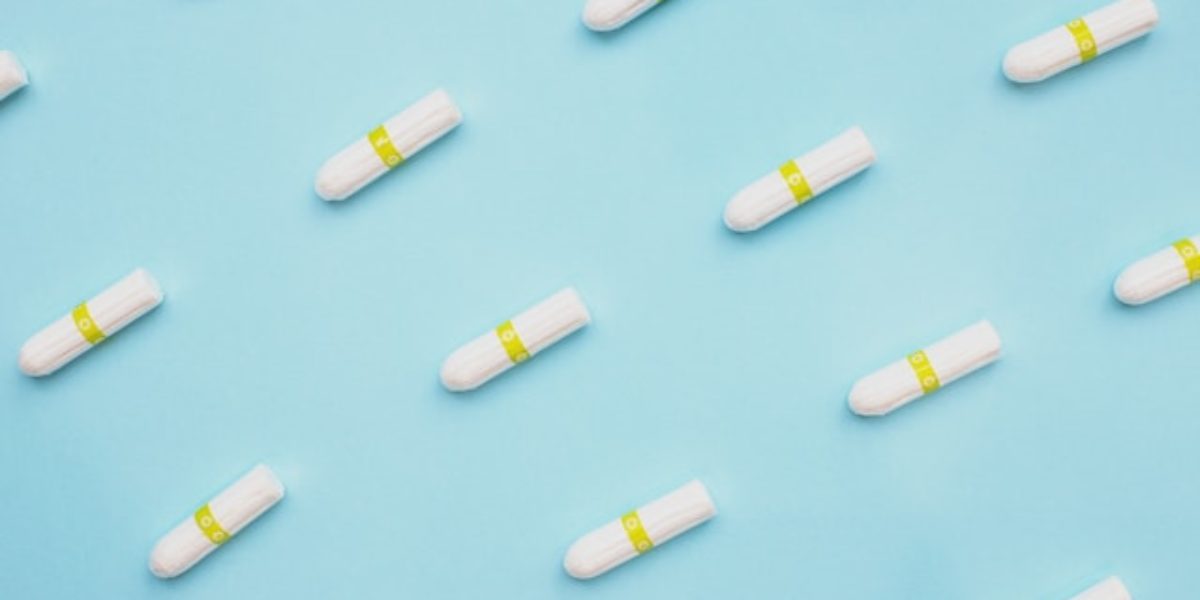Mojdeh Feili is a journalist, writer, programmer and feminist. For the Third Floor, she wrote the article below.
One of the best-selling products around Valentine’s Day 2021 was the ‘Satisfyer Pro’ vibrator. Last December, the sex toy could even be found hanging in quite a few Christmas trees. Toys like the Satisfyer Pro are extremely popular today, but their use wasn’t always taken for granted the way it is now.
The first sex toys
The very first written reference to sex toys is found in the ancient Greek comedy Lysistrata (411 bce) by Aristophanes (446–386 bce). It tells the story of soldiers’ wives who rebel against a war between Athens and Sparta that has been dragging on for years. In an attempt to bring it to an end, they decide to deprive their husbands of sex. Calonice, one of the women, is reluctant about the plan, as it means she will have to forego her own pleasure. The solution to her problem is an artificial penis.
But objects like this, also known as dildos, have been around longer even than that. Archaeologists have unearthed finds that they suspect were sex aids. Several elongated objects were discovered in a cave in southern Germany, for instance, in 2005. These imitation penises are 28,000 years old and made of all sorts of materials, including stone and ivory. Despite the unmistakeable shape – some even have a detailed glans – it cannot be said with any certainty whether or not they were actually dildos. The objects might equally well have been used to venerate particular people or gods, or have served as fertility symbols.
Medical device
The first vibrator didn’t turn up until much later. The forerunner of the sex toys we know today was invented around 1880 by the British physician Joseph Mortimer Granville (1833–1900). Similar devices already existed, but it was Granville who developed the first electrically powered model. Granville claimed that his vibrator could help relieve back pain, headaches, muscle ailments, deafness and countless other ailments.
Hysteria
Although the vibrator was actually invented with the male body in mind (it was supposed to help treat impotence too), it is also widely claimed that it was developed to cure women of ‘hysteria’, a mental illness or state of mind, the name of which derives from the Greek word for ‘womb’. The diagnosis was applied to a very wide range of conditions. In some cases, all it took for a woman to be diagnosed as ‘hysterical’ was for her not to behave according to society’s expectations. In addition to the many and varied symptoms of ‘hysteria’, several theories existed as to what actually caused it. According to one 19th-century theory, the condition was triggered by a lack of sexual contact. The disorder would not go away until the woman was able to orgasm.
The academic Rachel Maines (Brookline, 1950) raised the idea in her book The Technology of Orgasm that it was doctors who invented the vibrator. So that when treating hysterical women, they would no longer have to stimulate the patient’s clitoris manually. But there is no reliable evidence to support this idea. It is not known for sure whether doctors ever helped ‘hysterical’ women to achieve orgasm, let alone whether they used the vibrator for this purpose. Granville himself explicitly cautioned against such ‘therapy’ in his book Nerve Vibration and Excitation. It was better, he wrote, to avoid treating patients with the device. All the same, Maines’ theory has gone on to lead a life of its own in recent decades and is still regularly – and entirely incorrectly – cited to explain the origin of the vibrator. Her theory is, in fact, nothing more than a myth.
From massager to emancipation
The first vibrators to find their way into the shops were not officially sex toys. In 1968, the Japanese manufacturer Hitachi launched a massager called the ‘Magic Wand’. Although it was not marketed as a sex toy, the device became the most widely used vibrator of the seventies. Feminist icon Betty Dodson (1929–2020) played an important role in this regard, advocating the importance of female masturbation, leading masturbation workshops and praising Hitachi’s Magic Wand.
It was during this period, also known as the ‘Sexual Revolution’, that the taboo surrounding female sexuality and masturbation was finally dispelled. Feminists like Dodson highlighted the importance of sexual pleasure. They even linked sexuality with women’s liberation: according to these thinkers, sex was entirely a matter of pleasure and autonomy rather than a ‘task’ to be performed within marriage. With these changes in attitude and the rise of cheap materials such as plastic, more and more vibrators (mostly shaped like penises) came onto the market, now sold explicitly as sex toys.
LGBTQIA+
Toys like this aren’t only important for heterosexual women, though: vibrators and other similar items play an important part in the lives of people who identify as LGBTQIA+ too. Sex toys enable them to explore and shape their own sexuality and break out of the stereotypical roles associated with gender and sex. The vibrator can even be used to deconstruct heteronormativity – the assumption that heterosexuality is the default and/or ‘natural’ condition of humankind.
All the same, many sex toys continue to be focused on the binary ‘male-female’ idea. Manufacturers often pay no heed to non-binary, trans and intersex people. Not all of them, though: it’s increasingly common for vibrators to be produced that don’t necessarily resemble genitals. Wild Flower, for example, launched a gender-neutral vibrator called ‘Enby’, the abstract form of which allows users to interpret its function for themselves. In this way, sex toys are becoming a welcome addition to more and more people’s intimate lives. So welcome, in fact, that you can even hang one in your Christmas tree…

